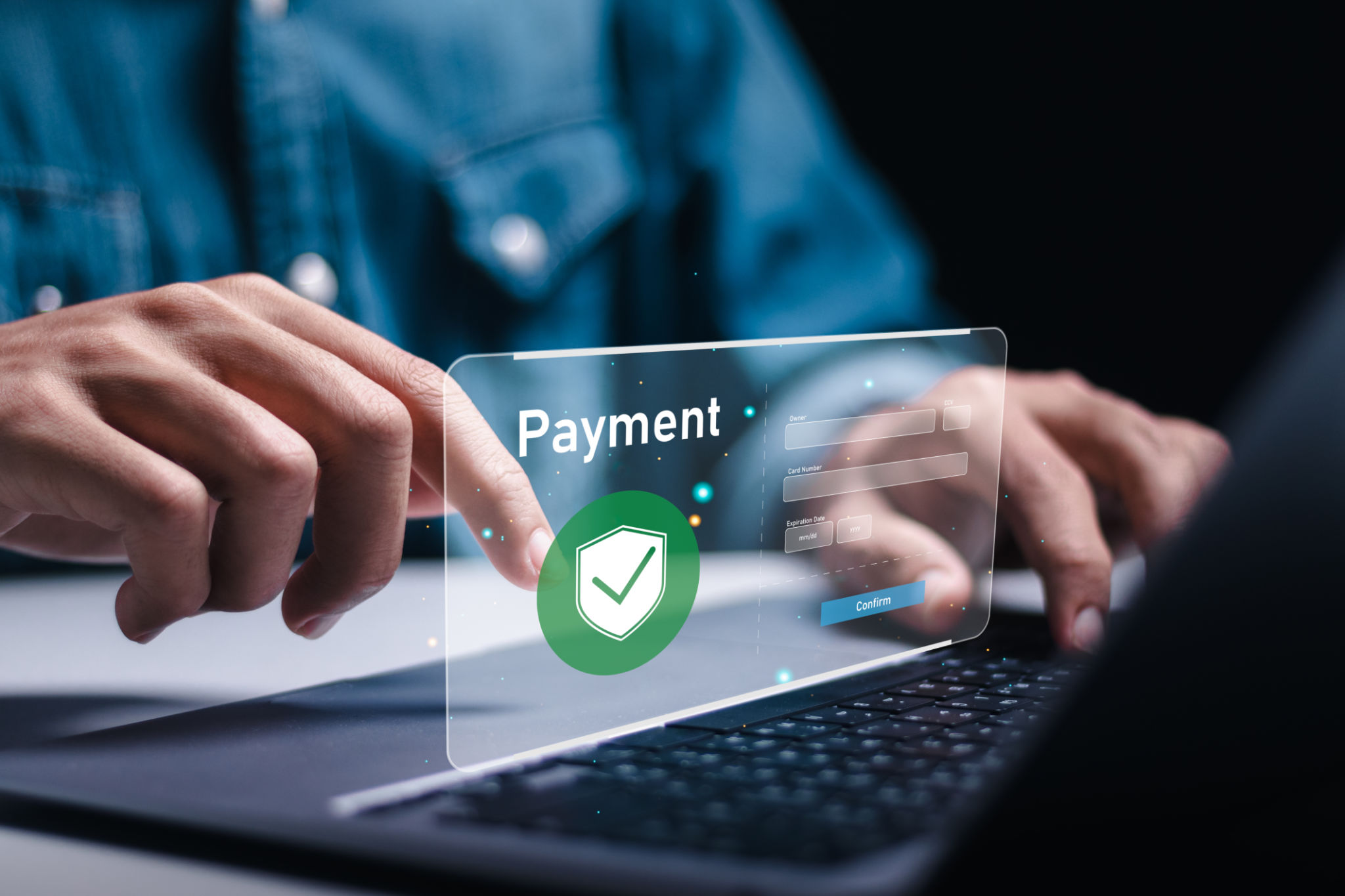Setting Up a Successful Payment Gateway in Seeb: Key Considerations
Understanding the Importance of a Payment Gateway
In the rapidly evolving digital landscape of Seeb, establishing a robust online payment infrastructure is crucial for businesses aiming to thrive. A payment gateway acts as a bridge between your business and financial institutions, enabling seamless transactions for your customers. It ensures security, speed, and convenience, making it an indispensable component of any e-commerce platform. As the digital economy continues to grow, understanding and implementing a successful payment gateway becomes even more vital.

Identifying Your Business Needs
Before diving into the technical aspects of setting up a payment gateway, it's essential to identify your business needs. Consider factors such as the volume of transactions, the geographical location of your customers, and the types of payments you wish to support. Whether you're operating a small local shop or a large international business, tailoring your payment solution to meet your specific needs will enhance customer satisfaction and boost sales.
Transaction Volume and Frequency
Understanding the frequency and volume of transactions can help you select a payment gateway that can handle your business's demands without compromising performance. High-volume businesses may require gateways that offer scalable solutions with minimal downtime.
Geographical Considerations
For businesses in Seeb, catering to both local and international customers might be necessary. Ensure that your payment gateway supports multiple currencies and complies with the financial regulations of different regions. This will allow you to expand your market reach effectively.

Evaluating Security Features
Security is a top concern when setting up a payment gateway. Customers need assurance that their financial information is protected. Look for gateways that offer advanced security features such as encryption, fraud detection, and compliance with PCI DSS standards. Strong security measures not only protect your customers but also enhance your business's reputation.
Encryption and Fraud Detection
Encryption ensures that sensitive data transmitted during transactions is unreadable by unauthorized parties. Additionally, fraud detection systems can help identify and prevent suspicious activities, providing an extra layer of protection for both you and your customers.
Integrating Your Payment Gateway
Once you've selected a suitable payment gateway, the next step is integration. This process involves embedding the gateway into your website or app, ensuring that it works seamlessly with your existing systems. While some businesses prefer hiring professionals for this task, many modern gateways offer user-friendly integration options with detailed documentation and customer support.

User Experience and Testing
An essential aspect of integration is ensuring a smooth user experience. Test the payment process thoroughly before going live to identify any potential issues. A glitch-free transaction process can enhance customer trust and encourage repeat business.
Continual Monitoring and Optimization
Setting up a payment gateway is not a one-time task. Continuous monitoring and optimization are critical to maintaining its effectiveness. Regularly review transaction data to identify trends or issues. Additionally, staying updated with the latest technological advancements can help you optimize your payment processes further.
In conclusion, setting up a successful payment gateway in Seeb requires careful consideration of various factors. By focusing on security, integration, and ongoing optimization, businesses can ensure their payment systems meet customer expectations and support growth in the digital marketplace.